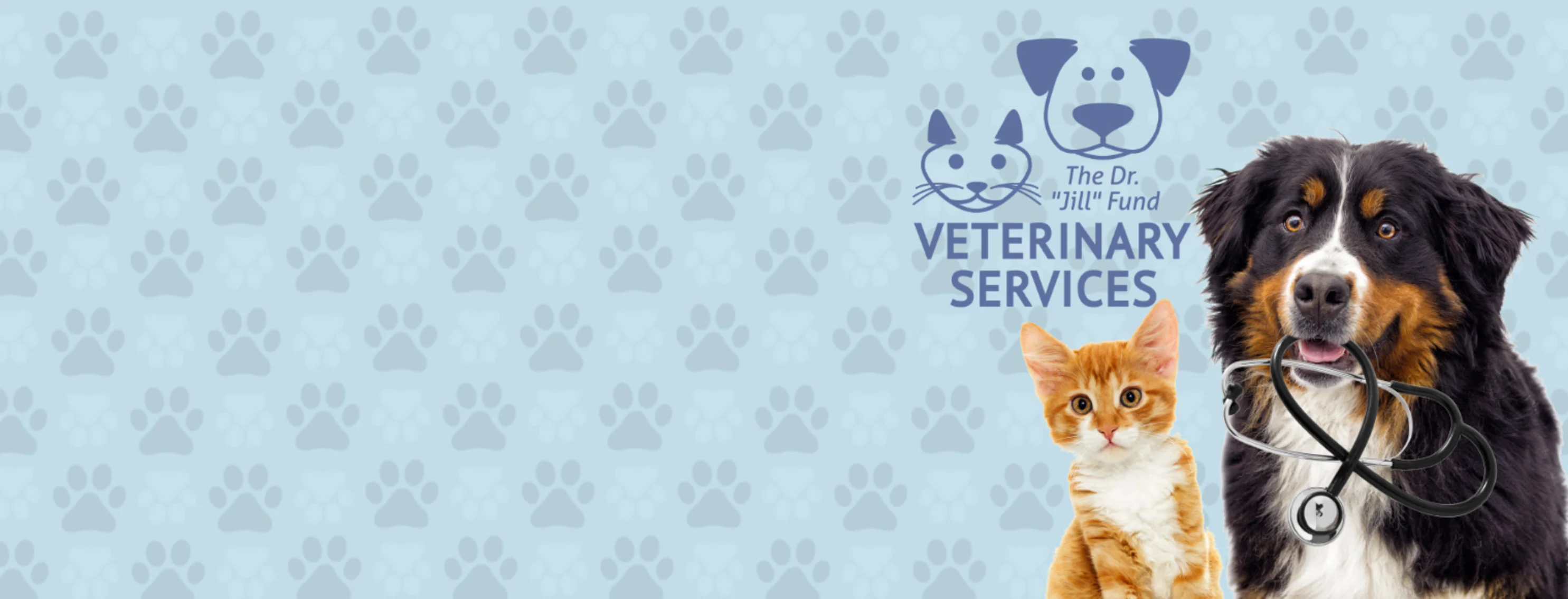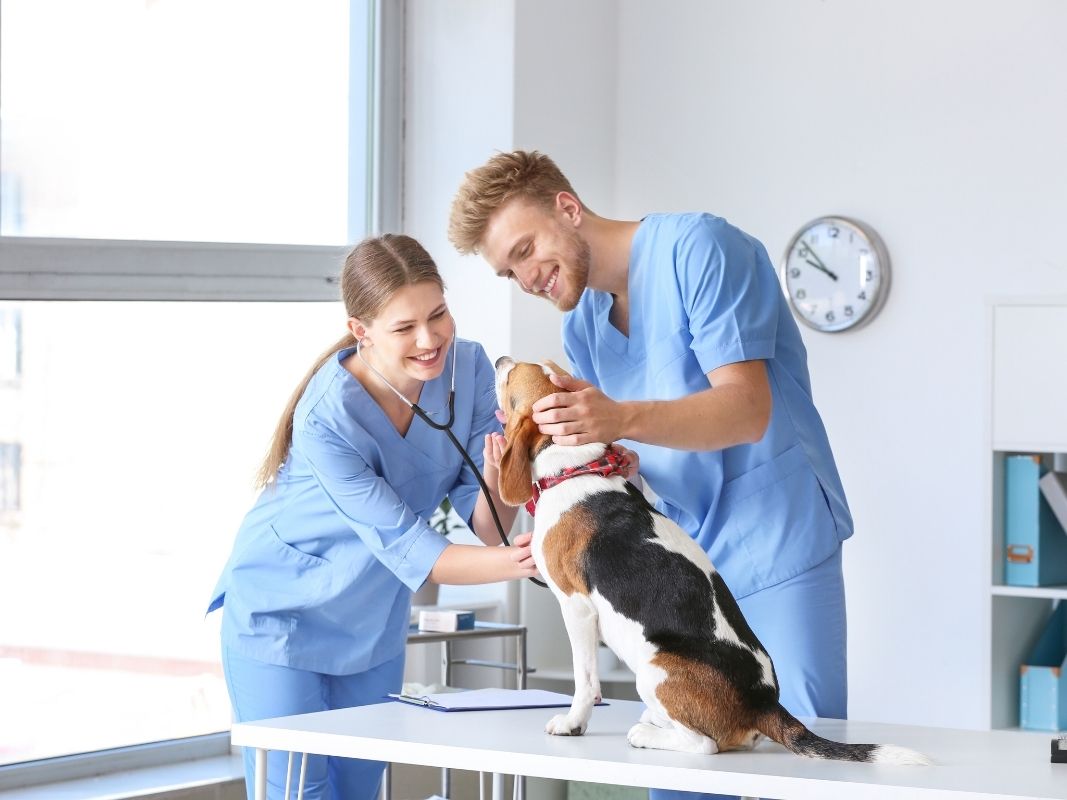All Regarding Veterinarian Surgical Procedure: Comprehending the Value of Specialist Care for Your Pet dogs
Vet surgical treatment is a vital part of pet dog healthcare. It incorporates different treatments, from regular optional surgeries to urgent interventions. Recognizing the details of these surgeries can aid animal owners make informed decisions. The preparation, implementation, and recovery phases are necessary for making certain the health of pets. With correct knowledge, owners can browse the intricacies of vet treatment. What aspects should be thought about before an animal undertakes surgical procedure?
Kinds Of Vet Surgeries
When a family pet requires surgical treatment, recognizing the numerous sorts of veterinarian surgical treatments can help pet proprietors make notified choices. Veterinary surgical procedures can be extensively classified into three major kinds: elective, urgent, and emergency surgical procedures. Optional surgeries, such as spaying or neutering, are intended procedures that are not immediately serious. Immediate surgical treatments, like those for international body elimination, have to be carried out quickly yet are not life-threatening in the minute. Emergency situation surgical treatments, such as those dealing with serious injury or interior bleeding, are crucial and require immediate attention.Additionally, surgical treatments can vary in complexity, varying from minimally invasive laparoscopic procedures to a lot more substantial open surgeries. Each sort of surgical treatment lugs its very own threats and recovery processes. Comprehending these classifications permits animal proprietors to engage in purposeful discussions with veterinarians, causing better end results for their precious pets.
Preparing for Your Pet dog's Surgical procedure
Planning for a pet's surgical treatment involves a comprehensive checklist to ensure all essentials are covered. Reliable interaction with the vet is essential for understanding the procedure and any needed pre-operative steps - canine tplo surgery. Furthermore, having clear post-operative care instructions will certainly assist owners supply the ideal support for their recovering family pets
Pre-Surgery Checklist Fundamentals
Guaranteeing a smooth medical experience for a pet dog calls for mindful preparation and focus to information. A pre-surgery list is crucial for pet dog proprietors to adhere to. Validating the scheduled surgical procedure date and time is vital. Proprietors need to also confirm that their animal has not eaten according to the veterinarian's directions, typically for 8-12 hours prior to surgery. Gathering necessary clinical documents, including vaccination history, is very important for the veterinarian's evaluation. It is additionally a good idea to prepare a comfortable area in the house for the family pet's recuperation after surgical procedure. Proprietors should have a strategy for transportation to and from the vet center, making certain that the animal is protected and comfortable throughout the journey. Complying with these actions can significantly boost the surgical experience.
Interacting With Your Vet

Effective communication with the veterinarian is necessary for an effective medical experience for animals. Owners ought to be prepared to discuss their pet's case history, including any type of pre-existing conditions, medications, and allergies. This info helps the veterinarian assess dangers and customize the surgical plan appropriately. Furthermore, pet dog owners need to ask inquiries concerning the procedure, anesthetic, and expected results to ensure they completely recognize the process. Clearing up any type of doubts can ease anxiousness for both the family pet and the owner. It is likewise important to communicate any type of behavior adjustments or worries observed in the animal leading up to the surgical treatment. Inevitably, clear discussion fosters trust and collaboration, making sure that pet dogs receive the very best feasible treatment throughout their surgical journey.
Post-Operative Treatment Instructions
After discussing the operation with the veterinarian, family pet owners should concentrate on post-operative care guidelines to assist in a smooth recuperation for their animals. These guidelines typically consist of keeping track of the medical site for indications of infection, such as inflammation or discharge. Animals might require to be kept tranquil and confined to stop excessive movement that can interfere with recovery. Pain management is essential, so proprietors need to adhere to the vet's advice on providing medications. Furthermore, dietary limitations might be encouraged to prevent stomach upset. Routine follow-up appointments are necessary to guarantee appropriate healing and resolve any concerns. By adhering to these post-operative treatment directions, pet owners can greatly add to their pet dog's healing and total wellness.
The Surgical Refine Explained
The surgery for animals encompasses important actions that guarantee their security and recuperation. Pre-surgery prep work are crucial for minimizing dangers, while post-operative treatment guidelines play an essential duty in promoting recovery. Recognizing these elements aids pet dog owners navigate the surgical experience more successfully.
Pre-Surgery Preparations
Prior to a family pet goes through surgical procedure, a number of vital prep work must take location to ensure a secure and effective procedure. Initially, a complete veterinary assessment is essential to assess the pet dog's general health and wellness and determine any potential dangers. This might consist of blood tests, imaging, or other diagnostics. The vet will certainly also go over anesthetic choices tailored to the pet's details demands. Furthermore, family pet proprietors are commonly instructed to hold back food and water for a specified time prior to surgery to lessen the risk of complications throughout anesthesia. It is essential for owners to offer a complete case history, consisting of any kind of drugs or allergies, guaranteeing the medical group has all necessary info. Appropriate interaction and adherence to pre-surgery standards can substantially enhance the result of the procedure.
Post-Operative Care Standards
Proper post-operative treatment is essential for ensuring a read more family pet's recuperation following surgical treatment. After the treatment, pets should be checked closely for any kind of signs of issues, such as too much bleeding, swelling, or uncommon behavior. It is very important to comply with the vet's guidelines concerning drugs, consisting of discomfort relievers and antibiotics. Pets must be maintained in a peaceful, comfy setting to reduce stress and advertise healing. Limiting activity is important; short, leashed walks might be essential, yet jumping or running ought to be avoided. Normal follow-up consultations should be scheduled to evaluate the recovery process. Furthermore, the surgical site should be maintained tidy and completely dry, with any indications of infection reported to a vet without delay. Sticking to these standards improves recuperation outcomes.
Anesthetic and Discomfort Administration
Efficient anesthesia and pain management are vital components of veterinary surgical treatment, guaranteeing that pet dogs stay comfy and risk-free throughout the treatment. Vets assess each pet's specific demands, taking right into account variables such as age, weight, health condition, and the sort of surgery being performed.Anesthesia protocols commonly consist of a combination of pre-anesthetic medications, induction representatives, and inhalant anesthetics, enabling for specific control over the pet's level of awareness. Monitoring during surgery is critical; veterinarians continuously observe important indicators to resolve any type of possible issues promptly.Pain monitoring approaches might include opioids, non-steroidal anti-inflammatory drugs (NSAIDs), and anesthetics, tailored to the pet's particular situation. This diverse approach assists minimize pain and promotes a smoother surgical experience. By focusing on effective anesthesia and discomfort administration, veterinary experts enhance the general welfare of pet dogs undertaking surgical procedures, guaranteeing they get the highest possible requirement of treatment.
Post-Operative Care and Healing
Adhering to surgical treatment, the emphasis shifts to post-operative treatment and recovery, which is necessary for making certain a family pet's secure return to normal activities. During this period, family pets need a silent, comfortable environment to aid healing. Owners must very closely check their family pets for any indications of pain or unusual behavior.Veterinary guidelines often include particular directions connected to drug management, injury care, and dietary modifications. It is crucial to follow these suggestions to minimize complications and promote healing. Pet dogs may need to be limited from energetic tasks, such as running or leaping, throughout their recovery period (tplo surgery).Regular follow-up appointments with the vet enable surveillance of the animal's development and prompt changes to the care plan. Providing emotional support and companionship can also enhance an animal's healing experience, helping to reduce stress and stress and anxiety. In general, thorough post-operative care plays a significant duty in achieving a successful recovery
Acknowledging Problems After Surgical Procedure
How can pet dog proprietors identify difficulties after surgical treatment? Recognition of particular indicators is essential for making sure the wellness of pets throughout healing. Common indications consist of too much swelling, inflammation, or discharge at the medical website, which may indicate infection. Additionally, persistent pain, indicated by grumbling or reluctance to move, must trigger instant interest. Changes in cravings or water intake can additionally suggest problems; a decline in these behaviors might signal discomfort or distress.Moreover, pet dog proprietors need to check their pet dogs for any unusual behavior, such as sleepiness or problem breathing, as these can be signs of serious concerns. Throwing up or looseness of the bowels following surgical treatment may need urgent veterinary evaluation. Identifying these complications early can greatly affect a pet dog's recovery procedure, emphasizing the value of watchfulness and punctual interaction with a vet for any kind of worrying signs.
The Duty of Veterinary Professionals in Surgical Care
Veterinary experts play a vital role in making sure the safety and security and success of surgeries for family pets, particularly following surgical treatment when checking and treatment are paramount. These professionals include veterinarians, vet technicians, and assistance personnel, every one of whom contribute specialized skills to the medical process.Before surgical treatment, veterinarians perform thorough examinations to analyze the pet dog's health and wellness, making certain that any underlying conditions are handled. During the procedure, the medical group offers anesthesia, maintains clean and sterile settings, and keeps track of essential indications, very important for minimizing risks.Post-operative care is similarly considerable; veterinary experts observe for problems, manage discomfort, and overview owners on healing techniques. Their know-how allows them to recognize early indicators of distress or infection, guaranteeing prompt treatment. Ultimately, the joint efforts of vet professionals in medical care promote a safe atmosphere, advertising the well-being of family pets throughout the surgical trip.

Often Asked Inquiries
Just how Do I Choose the Right Vet Surgeon for My Animal?
Selecting the appropriate veterinary specialist includes looking into qualifications, reading reviews, and examining the center's environment. It is essential to assess the cosmetic surgeon's experience with details procedures and their interaction design when deciding.
What Are Usual Misconceptions Regarding Vet Surgeries?
Common false impressions about vet surgical procedures include ideas that they are constantly dangerous, unnecessary, or for emergencies. Several animal owners take too lightly the benefits of preventative procedures and the ability associated with veterinary medical treatment.
Just How Much Will My Animal's Surgical treatment Cost?
The price of an animal's surgical procedure can differ substantially based on elements such as the sort of treatment, the veterinarian's experience, and geographic location (veterinary cardiologist near me). Normally, expenses range from a couple of hundred to a number of thousand bucks

Can My Pet Eat Prior To Surgical Procedure?
Prior to surgical procedure, it is typically recommended that pets avoid consuming for a particular period. This fasting helps minimize the danger of complications during anesthesia. Proprietors need to consult their vet for precise instructions customized to their pet dog's needs.
What happens if My Pet Has Pre-Existing Health Issues?
When a family pet has pre-existing health and wellness conditions, it's vital for the vet to examine these factors before surgical procedure. This analysis assurances proper safety measures are taken, minimizing threats and enhancing the animal's general safety throughout the procedure.